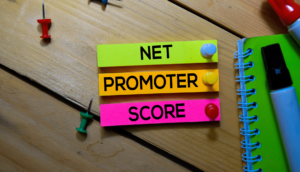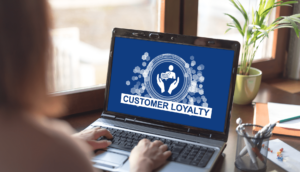
CSAT Score: Unveiling Customer Satisfaction and Its Measurement
Happy customers fuel your success and become your most potent advocates. 80% of customer service companies rely on a key metric, the CSAT score (Customer Satisfaction score), to quantify and enhance customer satisfaction. Often shrouded in acronyms, this metric is pivotal in understanding and improving customer experiences. What Is a CSAT Score A CSAT score, or Customer Satisfaction score, is a quantifiable metric used to evaluate customers’ satisfaction with a specific interaction, product, or service a company provides. It serves as a numerical indicator of customer contentment, enabling businesses to gauge the success of their customer-centric efforts. Measuring the CSAT Score Measuring the CSAT score involves a systematic approach to gathering customer feedback and calculating their satisfaction levels. Here is a step-by-step guide on how it’s done: Designing the Survey: Design a CSAT survey tailored to your objectives. Keep the questions concise, focused, and easy to understand. Most CSAT surveys use a simple rating scale, often ranging from 1 to 5, with higher numbers indicating greater satisfaction.o 1 = Very Dissatisfiedo 2 = Dissatisfiedo 3 = Neutralo 4 = Satisfiedo 5 = Very Satisfied Selecting the Right Questions: Choose questions that directly relate to the aspects of your product, service, or interaction that matter most to customers. Common CSAT questions include variations of “How satisfied are you with [ product/service/interaction ]?” or “How would you rate your experience with [company]?” Distributing the Survey: Decide when and where to distribute the CSAT survey. It can be sent immediately after a customer









